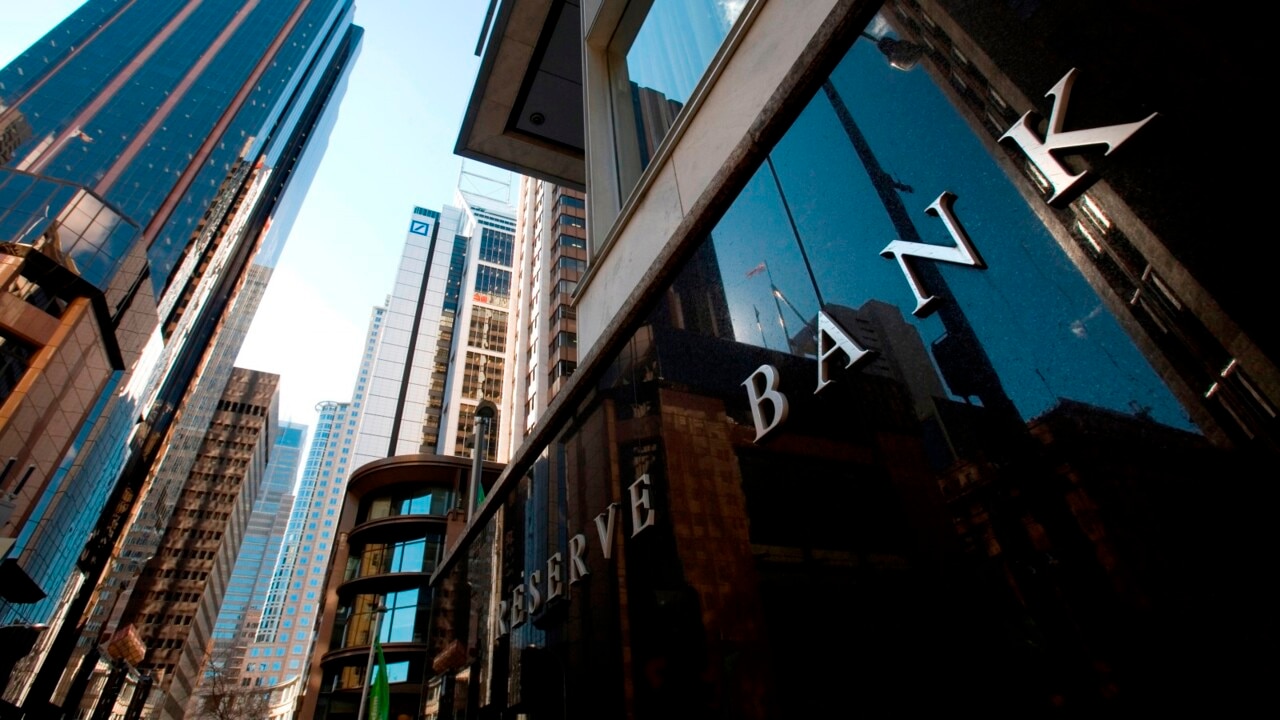Big week ahead for markets as interest rate rises loom all around
The macroeconomic outlook is deteriorating, but central banks and market positioning are key. It’s a big week for markets, with central bank meetings and economic data due.

The macroeconomic outlook is deteriorating, but central banks and market positioning are key.
It’s a big week for markets, with central bank meetings and economic data due.
The Reserve Bank meets Tuesday with a 25 basis point rate hike expected and 50bp not ruled out after blowout CPI data last week. The Federal Reserve and Bank of England meet Thursday amid expectations of 75bp hikes.
While sharemarkets dived in September, the S&P/AS 200 rose 6 per cent last month, its best October in 11 years, and the S&P 500 was up 8.8 per cent, despite higher than expected inflation.
There’s scant evidence that rapid interest rate hikes have managed to control inflation. But risk assets including shares and the Australian dollar benefited from a lessening of systemic risk from the UK Gilt market crisis as the Truss government abandoned its plans for fiscal stimulus.
The possibility that recession fears, together with the UK jitters that emerged in late September, might be leading central banks to pivot toward smaller rate hikes, or even signal that terminal rates aren’t too much higher, partly explains the rebound in shares.
Other factors include the historic tendency of shares to rally into year-end. The S&P 500 also tends to rise about 20 per cent in the year after US midterm elections, due Tuesday week. But the US election should be secondary to the ongoing focus on Fed rate policy, inflation, and recession risk, says Citi’s US equity strategist, Scott Chronert.
On the policy front, speculation that the Fed will signal a smaller rate hike in December after delivering another king-sized hike of 75bp after this week’s meeting has helped.
But the talk is that the Fed will aim to stop financial conditions – including the US sharemarket – from rebounding too much by increasing its interest rate projections next month.

Somewhat perversely, considering the disappointment with reports from mega-cap tech stocks last week, Morgan Stanley says another factor was the fact that most companies avoided providing any material guidance for 2023, leaving earnings per share consensus estimates relatively unchanged.
“Looking at these numbers suggests that’s exactly what happened,” says the bank’s equity strategist Michael J. Wilson.
“Many passive investment strategies, which are dominating price discovery, simply trade off next 12-month EPS, and in the absence of material cuts, new supply has failed to materialise to take the index lower. Instead, active managers who were betting the other way were forced to cover up their shorts and underweights. In short, these technical factors and flows are what drove the seemingly impossibly positive price action.”
Mr Wilson remains a longer-term bear, but thinks the S&P 500 can keep rising and possibly hit 4150 points – a 6.4 per cent rise from Friday’s close “until next 12-month EPS estimates come down meaningfully”, particularly if the outcome of the Fed meeting this week leads to lower rates.
He says yield curve inversion and plummeting money supply growth “support a … pivot sooner rather than later”, and the Fed is “critical for the rally to continue, pause or even end completely”.
In Australia, Citi cautioned that investors are “slightly too optimistic”, based on the bottom-up consensus forecast of 1.9 per cent earnings per share growth for calendar 2023.
Citi’s top-down EPS growth model suggests risks are skewed to the downside.
At the same time, Morgan Stanley sees “challenging conditions” emerging for building materials companies amid rate hikes, less fiscal stimulus, less migration, and home builder solvency issues, and has slashed earnings estimates as headwinds align for a “perfect storm” in housing construction.
“A typical, sharp cyclical decline appears likely in our view, prompting caution across all the domestic housing exposed names,” said Morgan Stanley analysts Andrew Scott and Julianna Sick. They warn that the consensus is under-estimating sector leverage in such a decline.
But Australian fund managers “remain decidedly downbeat”, according to Morgan Stanley.
A “gloomy mood” is evident in their commentary as well as positioning, which includes elevated levels of cash and defensive holdings, according to the bank’s equity strategist, Jason Steed. On a contrarian basis, investors might want to think about being a bit more upbeat in that case.
The Consumer Staples sector was the “favoured defensive refuge” in September, with the largest up-weight and the biggest weighting since mid-2019.
Coles moved into “well-loved” territory for the first time.
Energy was down-weighted through the month, with average holdings dropping 44 basis points, to the lowest weighting for the sector since October 2019.
At a stock level, Santos remained the clear preference over Woodside. Santos was also the “most-loved” company in JP Morgan’s “Love Index”.
Macquarie was the big mover in the Love Index, dropping two rungs; down from “well-loved” to “under-held”. Mr Steed said that’s a “rare move” for the fund manager weightings.







To join the conversation, please log in. Don't have an account? Register
Join the conversation, you are commenting as Logout